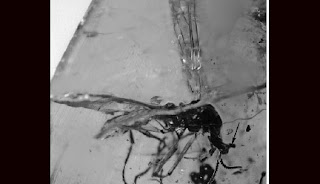
For the final post of 2009 it seems only right that we should head into the underworld.
Hades was the brother of Zeus in Greek mythology and Lord of the Underworld, ruling over the dead. In the tradition of tyrants Hades yearned for more power and more subjects – looking favourably on those who would send him more dead and not being willing to let any of his subjects leave.
"Hades is not to be soothed, neither overcome, wherefore he is most hated by mortals of all gods."
Homer, Iliad 9.158
His special helmet rendered him invisible and he liked to keep dogs – three-headed ones.
By the Christian era Hades became the name not just of the god, but of the whole underworld as a place.
In the New Testament we find references to Hades, but significantly it is used only to indicate the grave or death – not an entire underworld civilization. The only place where this is referred to is in Jesus parable (made up story) of the Rich Man and Lazarus (Luke 16).
So again the Bible takes commonly held ideas and uses them to bring people to God. Peter must have felt a thousand feet tall when Jesus said this to him:
‘And I tell you, you are Peter. And on this rock I will build my church, and the gates of hell [hades] shall not prevail against it.’
Matthew 16 v 18
(Part 1) (Part 2)






